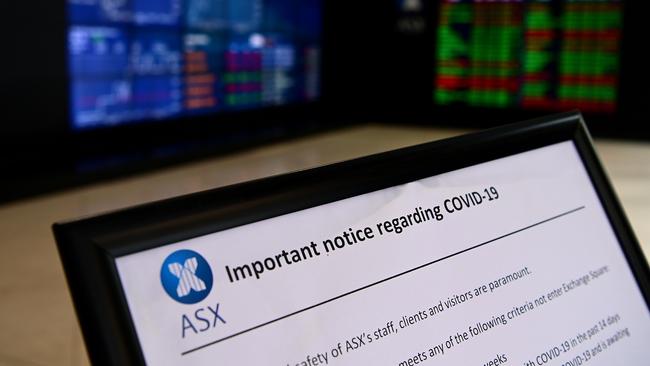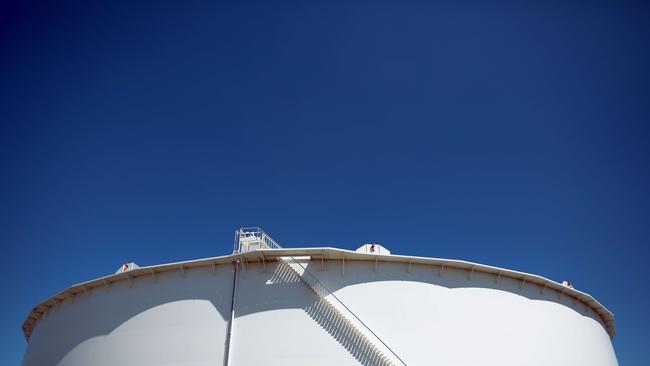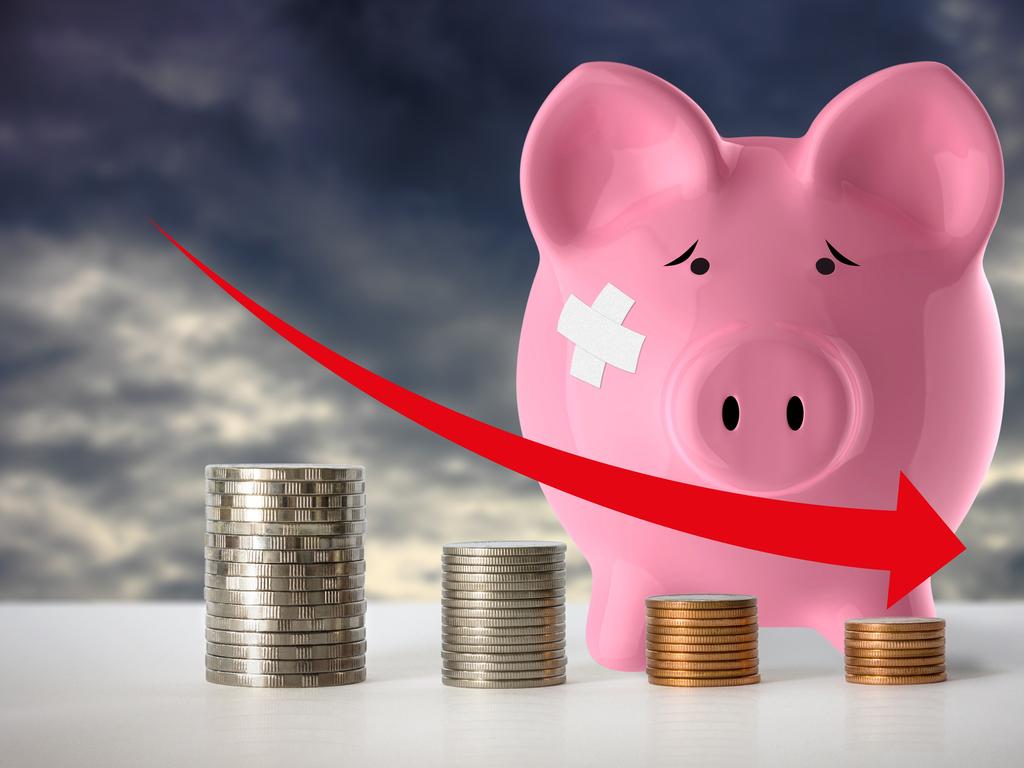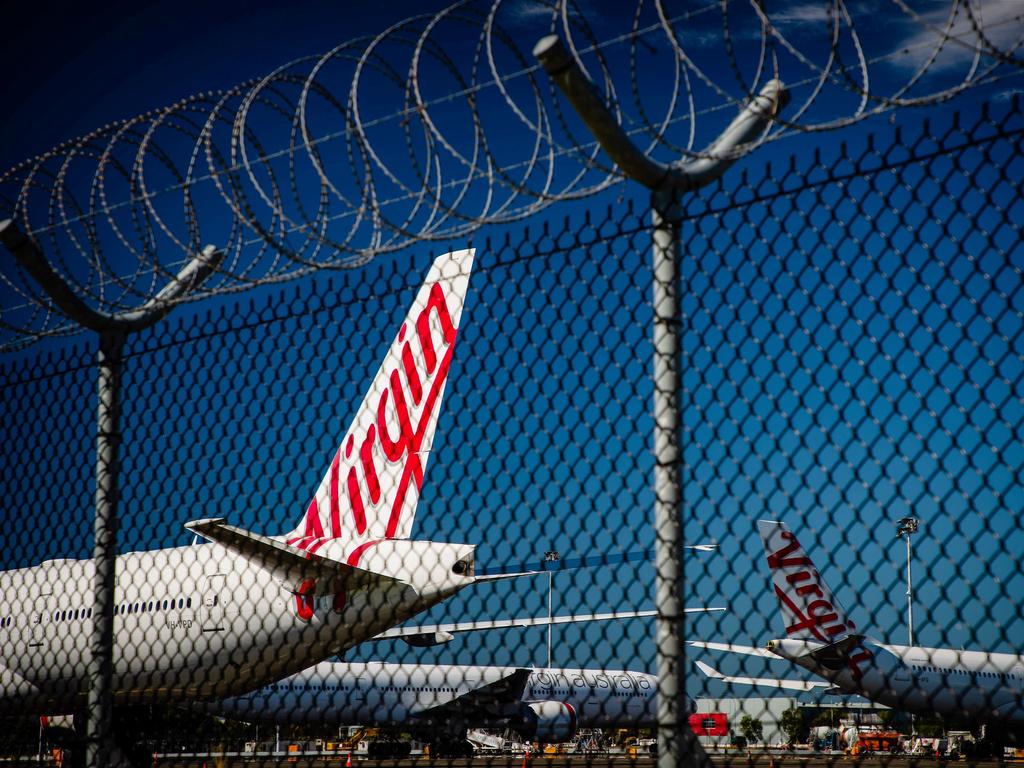Coronavirus investing: Who wins, who loses?
We can already see clear signs of the investment landscape that lies ahead, and it’s a world of big winners and big losers.

It’s a world of big winners and big losers, it is framed by government incentives — but not by handouts.
Instead, the new market leaders will ride a wave where the government and central bank are moving in tandem to create champions that can revive a shellshocked economy
In some ways it is a textbook recovery led by the biggest with the best balance sheets. But in others it is an unprecedented path with riskier “growth” companies finding new success on the back of emerging trends such as the permanent home-working boom and the expected resurgence of China in a post-crisis world.
The winners have much in common: cash flow, market pricing power, smart management and the good fortune to have avoided the worst-hit sectors such as travel and retail.
The winners
Among the victors will be those companies that emerge stronger because of what the virus imposed on society. Like those in the past that had a “good war”, certain stocks will shine. Think of mid-caps such as NextDC, where the boom in data warehousing has allowed this company to do a massive capital raising and still have its share price up 30 per cent so far this year.
Or Telstra, which is emerging from a horror stretch in better shape with re-energised management: the telco is suddenly in a sweet spot as our work and home lives become not just “enabled” but made possible by the internet.
Telstra joins that small band of companies that “have not fallen that hard”, dropping from $3.60 to $3 this year to date.
Separately, companies with pricing power and a role to play in the health system can be powerfully resilient even in a pandemic. Blood products group CSL is a perfect example, still trading north of $300 despite the carnage in the wider market.
The winners list will include stocks set to be first out the gate when China inevitably becomes the first post-virus economy in recovery. That’s why iron ore is still close to $US90 a tonne and BHP and Rio Tinto have been among the sharemarket stalwarts in recent months.

No surprise, either, that one of the best corporate stories in recent weeks has been A2 Milk, which has just upgraded its full-year outlook. The milk-to-China group is up about 30 per cent this year against a drop of near 23 per cent on the wider market.
The hunt for yield is far from over, even if dividends across the board are expected to fall by a third. The winners will include what we might call the “dividend stayers”.
Here we can include the supermarket chains of Coles and Woolworths, where sales roared by more than 20 per cent in March, miners BHP and Rio, as well as Telstra and utilities such as AGL and pipeline company API.
Will banks make the cut? It is unlikely, since they have been expressly cautioned against big payouts by the prudential regulator. However, if any bank can emerge as a relative winner it will be CBA.
The losers
The collapse of Virgin Australia and the losses that will be faced by shareholders and bondholders will be a milestone for our market.
Already it is clear we are not going to see an extended GFC-style saga here. Rather, it looks like resolution will be swift. The government may make concessions to a new operation that emerges on the other side of the administration process, but the message is clear — companies will be allowed to fail across the corporate sector and more are coming. If a company is vulnerable under ordinary conditions, it is precarious now.
There are a range of such companies in the market: listed retailers in open warfare with commercial landlords come to mind. The same goes for tourism and travel — what can Village Roadshow or Ardent Leisure offer a new investor?
Similarly, the retirement home sector — already struggling in the face of an inquiry — now faces a deep crisis. Can these facilities ever be classed as a business fit for listed markets: what is the future of Japara, Regis and Aveo?

The crisis will accelerate “megatrends” that were already threatening the very nature of key stocks. Take the move away from fossil fuels. What is the future of smaller oil companies looking at $US15-a-barrel oil? What is a realistic risk premium for a group such as Oil Search, which has the additional risks of operating out of Papua New Guinea?
Or how long can we expect shopping centres to be sustainable property investments.
The sorry saga of Scentre after the exit of the Lowy family can’t be missed. Scentre is down 47 per cent over the past year — it surely spells doom for the majority of suburban centres that are not distinguished in some way.
To this list we must add a surprise potential category — the office tower. Management at property trust Mirvac says: “Everyone is super keen to return to head office.” Perhaps, but that enthusiasm may not be shared by anyone responsible for costs.
Finally, there will be the mixed selection of investments retail investors may give up on. We will find out which companies rank in this category in the weeks ahead, but the field of candidates expected to disappoint on dividends would be a good place to start.
Here we expect to see financial stocks such as QBE, property groups such as Stockland and gold miner Northern Star.
Sidestepping the losers in retail and travel while dodging the worst of the dividend cutters will be imperative in the week ahead.
Getting on the right side of the major trends that are now breaking the surface will matter most in the years to come.







Every sharemarket recovery is different — this one will be unique. Yet we can already see clear signs of the investment landscape that lies ahead.